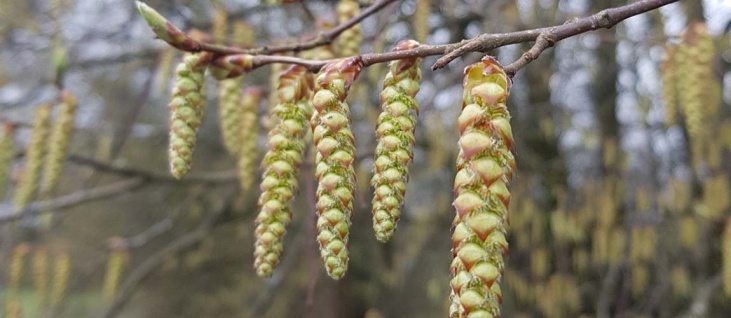Foraging during the winter months presents unique challenges, as many edible plants have died back, and snow can obscure the ground. However, certain hardy plants and mushrooms remain accessible and nutritious. Understanding these resources can enhance your winter survival skills and provide valuable nutrients during the colder seasons.
Edible Plants
Several plants retain their edibility throughout winter, offering essential vitamins and minerals:
1. Pine Trees (Pinus species)
- Edible Parts: Needles, inner bark, and pine nuts.
- Where to Find Them: Coniferous forests and wooded areas.
- Foraging Tips: Pine needles can be steeped in hot water to make a vitamin C-rich tea. The inner bark, or cambium, is edible and can be dried, ground into flour, or eaten raw. Pine nuts, though small, are a nutritious snack if you can find mature cones.
2. Birch Trees (Betula species)
- Edible Parts: Inner bark and sap (in late winter).
- Where to Find Them: Temperate and boreal forests, often near water sources.
- Foraging Tips: Birch inner bark is edible and can be processed into flour. In late winter, birch sap can be tapped for a sweet drink rich in minerals.
3. Cattails (Typha species)
- Edible Parts: Roots and shoots.
- Where to Find Them: Wetlands, marshes, and the edges of ponds or streams.
- Foraging Tips: The starchy rhizomes (roots) can be dug up from the frozen ground and cooked like potatoes. Young shoots can also be eaten raw or cooked. The roots are filled with tough fibers, so it’s best to pull some of the fibers out with your teeth and chew off the starchy inner part.
4. Wild Garlic and Onion (Allium species)
- Edible Parts: Bulbs and leaves.
- Where to Find Them: Woodland edges, meadows, and open fields.
- Foraging Tips: Look for the signature onion or garlic scent when identifying these plants. They add flavor to soups and stews during winter.
5. Rose Hips (Rosa species)
- Edible Parts: Fruit.
- Where to Find Them: Along hedgerows, fields, and forest edges.
- Foraging Tips: These small, red fruits are rich in vitamin C. They can be eaten raw (after removing the seeds), dried for teas, or cooked into jams and syrups.
Edible Mushrooms
Winter offers opportunities to forage for certain mushrooms that thrive in colder conditions:
1. Oyster Mushrooms (Pleurotus ostreatus)
- Where to Find Them: Deadwood, stumps, and decaying logs in forests.
- Foraging Tips: Oyster mushrooms are a great winter find, but only forage them if you are confident in identification, as many species are toxic.
2. Wood Ear (Auricularia auricula-judae)
- Where to Find Them: Decaying wood, especially elder trees.
- Foraging Tips: Wood ear mushrooms are edible and commonly used in Asian cuisine. Ensure proper identification before consumption.
3. Velvet Shank (Flammulina velutipes)
- Where to Find Them: Decaying wood, particularly in colder climates.
- Foraging Tips: Velvet shank mushrooms are edible and often found in clusters. They are known for their resilience in cold temperatures.
Foraging Tips
- Identification: Always ensure accurate identification before consuming any wild plant or mushroom, as many have toxic look-alikes.
- Sustainable Harvesting: Practice sustainable foraging by taking only what you need and leaving enough for wildlife and future growth.
- Local Regulations: Be aware of local foraging laws and regulations to ensure responsible and legal harvesting.
For more detailed information on winter foraging, including additional edible plants and mushrooms, visit Bushcraft Winter Foraging.

